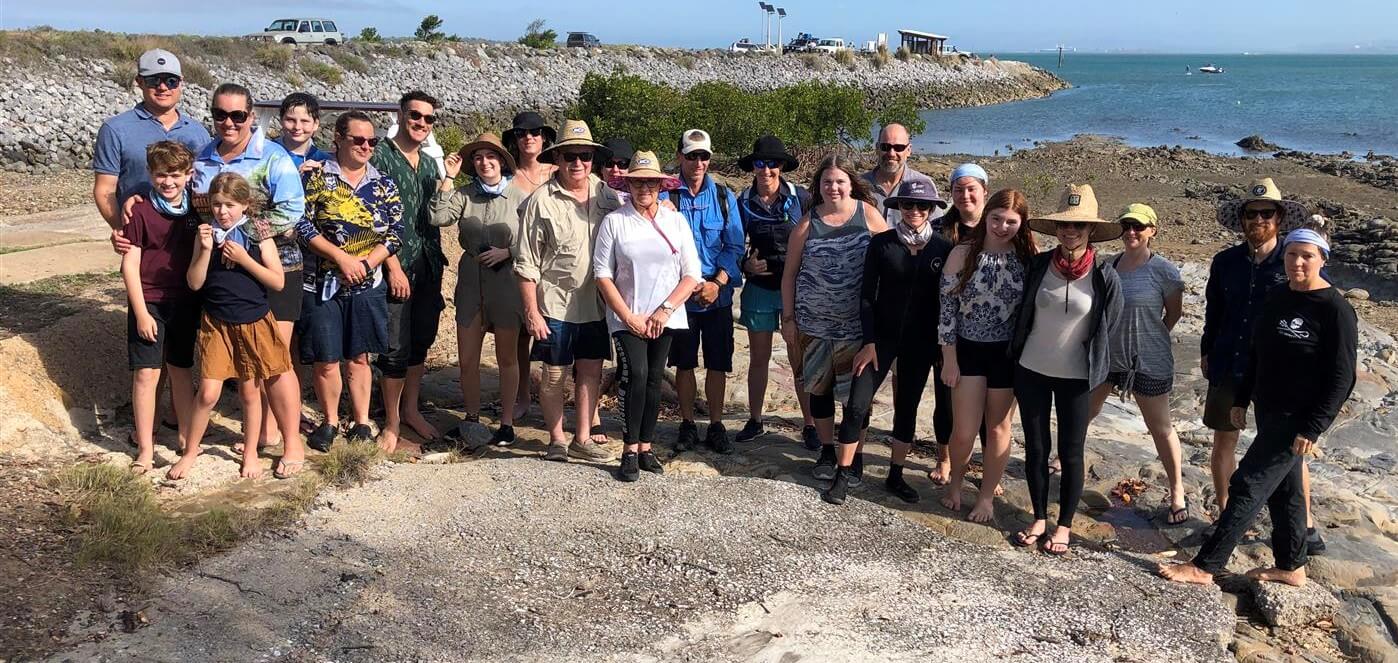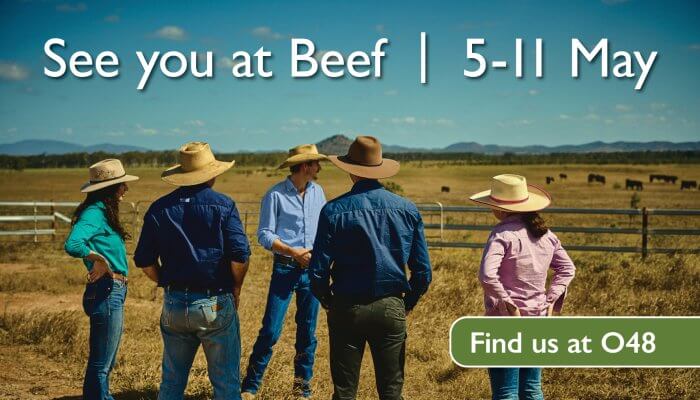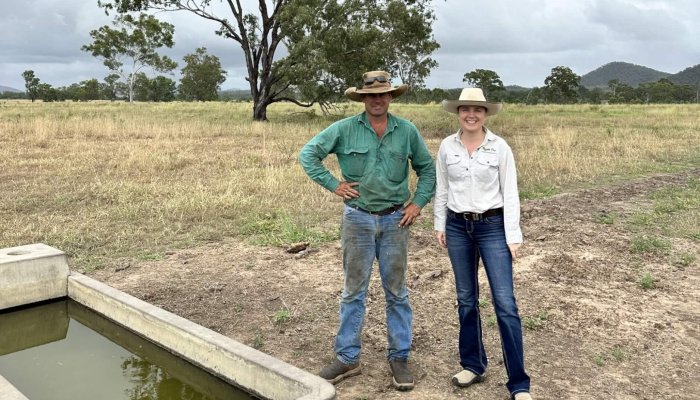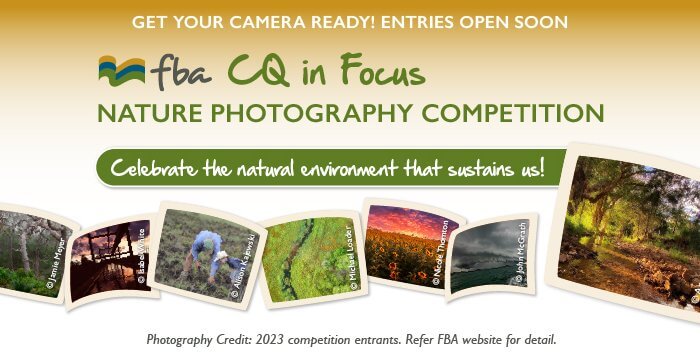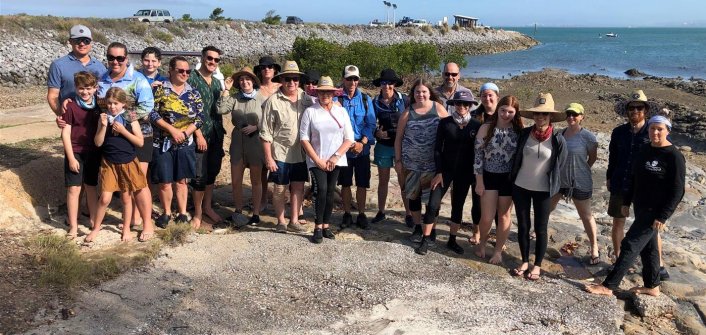
How community effort helps FBA reach its objectives
Posted on November 2nd, 2021
Our community rely on clean air and water for an ongoing healthy life, yet ironically, major threats to these assets are caused by human impact.
In central Queensland, Fitzroy Basin Association (FBA) has led the way in supporting our environment and natural resources for roughly a quarter of a century.
According to the Department of Agriculture, Water and Environment, central Queensland is facing increasing demand for more housing, the need to clear more land for development and some outdated agriculture processes still in use. Sediment run-off (caused by erosion) and other pollutants can flow from productive land to wetlands, tributaries and the Great Barrier Reef lagoon ultimately decreasing the health of the ecosystem.
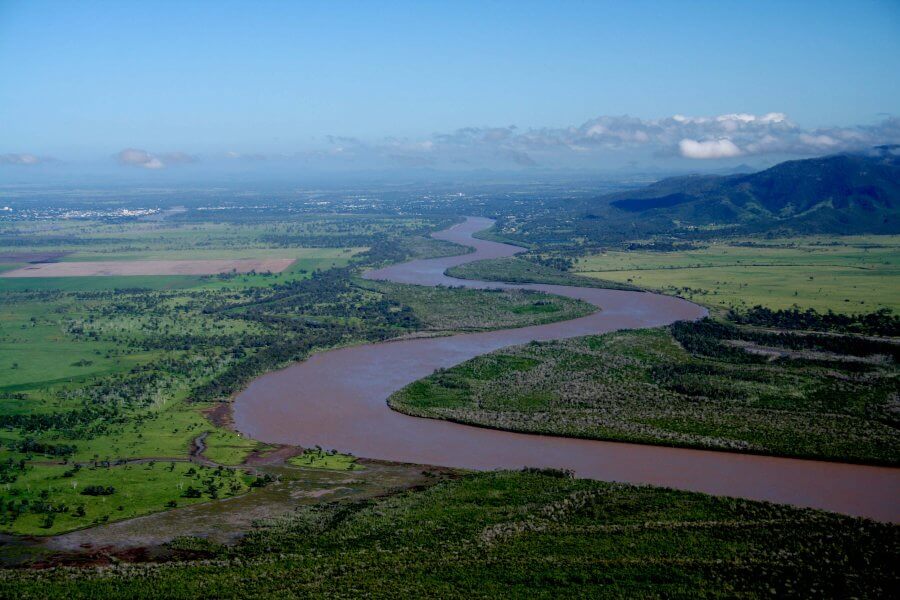
FBA’s work is specialised, innovative, and backed by the best available science. Though despite these benefits, without aid from the community, results from FBA labours alone would be insignificant in relation to the challenges faced.
One of FBA’s most important jobs is to share responsibility for our environment with the public. Creating healthy and resilient natural assets is everyone’s duty and FBA are professionals at motivating and inspiring people to modify their behaviours for the greater good. FBA harnesses central Queensland communities’ increasing ambition to preserve a healthy ecosystem for themselves and future generations.
The importance of collaboration across different stakeholder groups
With a big population dispersed over a land area twice the size of Tasmania (156,000km2), FBA’s 40 plus strong workforce is charged with supervising a complex network of stakeholders with varying demands on the Fitzroy region.
FBA’s collaboration efforts involve engaging stakeholders in setting initial goals, planning, implementation, and assessment of solutions. This process enables diverse stakeholders to work collectively and promote a shared point of view.
By joining together and deliberating on challenges, stakeholders form a stronger understanding of issues. They are then better equipped to promote solutions that address obstacles distinct to central Queensland and the Fitzroy region.
Examples of different community input:
All FBA projects rely on inspired and empowered people. Without cooperation from our community a sustainable, productive, and profitable Fitzroy region cannot be obtained. Here are a few examples of how families, local community groups, land managers, industry, First Nations people and more are shaping the environment of the future.
In 2015, FBA developed a volunteer marine turtle monitoring program. Later known as Team Turtle CQ (TTCQ) it recruited seven volunteers, who observed six beaches during that nesting season, finding 54 tracks and confirmed 24 nests. Since 2015, volunteer numbers have grown to 71 members who surveyed 43 beaches on the Capricorn Coast, Curtis Coast, Facing Island, Stanage Bay, Byfield and the Keppel Bay Islands in the 2020/21 hatchling period.
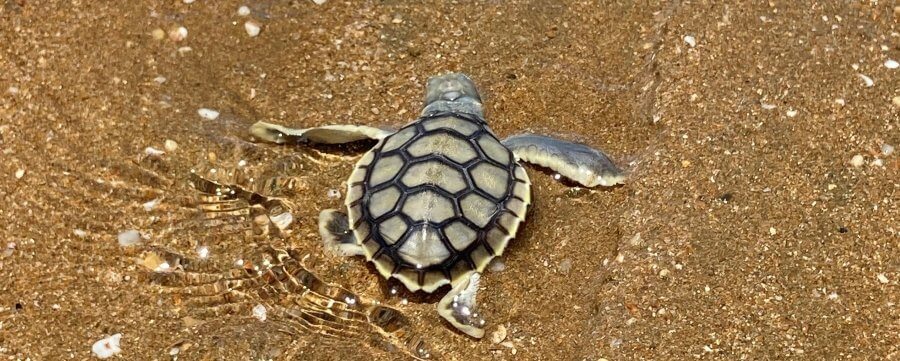
More volunteers mean more information collected, more areas protected and better-informed management decisions for the endangered species. Watch this video to learn more about TTCQ and the dedicated volunteers behind the project.
Our community’s commitment to local waters doesn’t end with marine turtles. In conjunction with CQUniversity, FBA is working with passionate people to increase seagrass meadows off Curtis Island. Seagrass is an essential aspect of healthy oceans and marine life. Over 50 recreational fishers and their families gave up a full day of their weekends to collect seagrass flowers last month – giving back to the natural assets they care most for. Read this blog to learn more about this innovative project.
Fitzroy Basin Association (FBA) has been working with Pat and Becky Barron to develop and implement an action plan for land management through the Grazing Resilience and Sustainable Solutions (GRASS) program. This is assisting them to make significant improvements to the property. In ten years, they want to have restored their property to its full potential so they can live off their own land.
Their property called Allambee, is a 941ha grazing operation 30km south of Biloela and was in patchy and degraded condition when the Barrons bought it three years ago. To learn more about the GRASS program and this inspirational land restoration success through commitment to behaviour change, read this story.
The collective Capricorn Coast community developed eight project concepts referring to local, regional, and Reef-wide plans that include collaborative steps towards a stronger local outlook. Explore these innovative plans and learn how to get involved.
FBA would like to thank the community for their passion, commitment, and drive.





